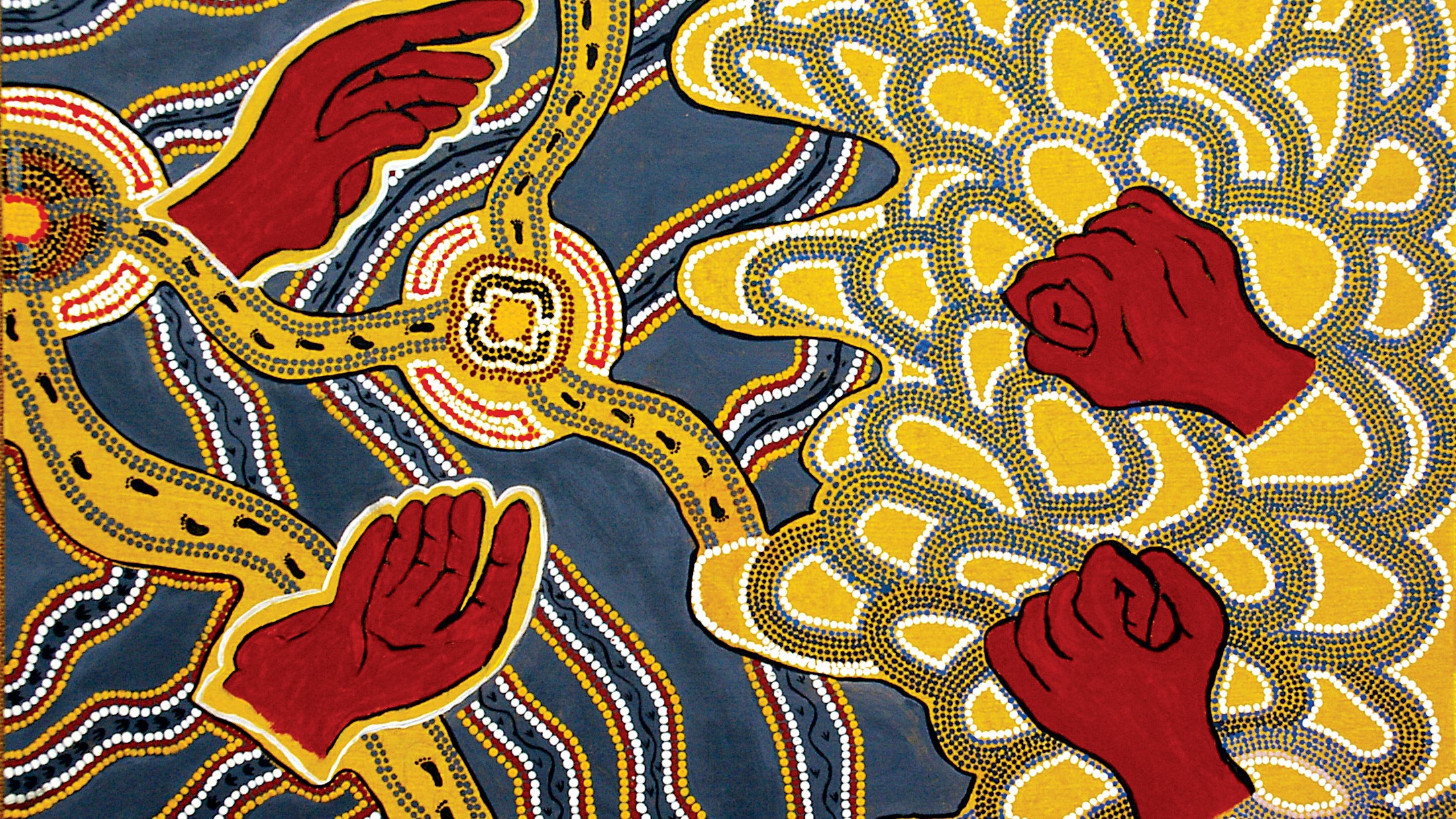
2021 Seminars
Presentation Type
Presentation
Location
The University of Notre Dame Australia, Broome Campus
Start Date
2-6-2021 12:30 PM
Description
This seminar discusses three major periods of Aboriginal policy involving Aboriginal community-controlled service organisations. In the first period considered, Aboriginal people in the Kimberley were able to leave the Native Welfare period behind following the 1967 referendum that allowed the Commonwealth to fund Aboriginal progress. The limits to their liberty on missions and cattle stations were progressively removed and they entered the ‘self-determination’ era. This seminar first looks at the heyday of Aboriginal community-controlled organisations that followed from this. From the mid-70s to the mid-90s Aboriginal people across Australia took control of their own destiny through their own resource agencies, medical and legal services, land councils, art centres, language centres, and through national elected advocate bodies, culminating in the Aboriginal and Torres Strait Islander Commission (ATSIC). The start of this seminar will draw on Patrick’s own experience in the early 80s, and use photographs of the period, to show how Kimberley community-controlled organisations expressed Aboriginal self-determination in extremely impoverished circumstances, and kick-started much of the Aboriginal infrastructure we see today. Since the mid-90s the Commonwealth has backtracked on its commitment to self-determination. ATSIC was abolished in 2005. This was a landmark in the second, neo-liberal, period that the seminar considers. Kimberley community organisations were made to compete with other service providers under contract to government, and under much more intrusive control. The seminar will discuss how community-controlled organisations have adapted to retain their commitment to self-determination in this challenging environment, and emphasise their continuity and history in contrast to the constantly churning government workers that they answered to. Finally, the seminar will look at new hope on the horizon, with both the Commonwealth and the States re-committing themselves to service delivery through Aboriginal community-controlled organisations. This has been negotiated by a relatively new national representative body that has tended to fly under the mainstream radar – the Coalition of Peaks. Members of the Coalition of Peaks sit on the Joint Council on Closing the Gap, together with ministers of all governments and a representative of local government. The Joint Council oversees the National Agreement on Closing the Gap. The National Agreement commits to using Aboriginal organisations for its programmes. The new CTG targets are themselves an improvement on the old model, but importantly are to be delivered within a new framework that re-sets the relationship of Aboriginal people with governments. The Coalition of Peaks has at least equal representation on the Joint Council and contributes one of the co-Chairs. The new Closing the Gap targets were negotiated by the Coalition of Peaks and include structural changes to the way that services are delivered. One important structural change is the commitment to re-build the Aboriginal community controlled sector and channel increased funding through it to achieve Closing the Gap targets. The final part of this seminar will discuss these recent developments and consider whether they herald a new period of Aboriginal self- determination.
Recommended Citation
Sullivan, Patrick, "‘The Challenges Faced by Aboriginal Community-Controlled Organisations from the 67 Referendum to the Current National Partnership on Closing the Gap’" (2021). Talking Heads Seminar Series. 6.
https://researchonline.nd.edu.au/nulungu_talkingheads/2021/schedule/6
‘The Challenges Faced by Aboriginal Community-Controlled Organisations from the 67 Referendum to the Current National Partnership on Closing the Gap’
The University of Notre Dame Australia, Broome Campus
This seminar discusses three major periods of Aboriginal policy involving Aboriginal community-controlled service organisations. In the first period considered, Aboriginal people in the Kimberley were able to leave the Native Welfare period behind following the 1967 referendum that allowed the Commonwealth to fund Aboriginal progress. The limits to their liberty on missions and cattle stations were progressively removed and they entered the ‘self-determination’ era. This seminar first looks at the heyday of Aboriginal community-controlled organisations that followed from this. From the mid-70s to the mid-90s Aboriginal people across Australia took control of their own destiny through their own resource agencies, medical and legal services, land councils, art centres, language centres, and through national elected advocate bodies, culminating in the Aboriginal and Torres Strait Islander Commission (ATSIC). The start of this seminar will draw on Patrick’s own experience in the early 80s, and use photographs of the period, to show how Kimberley community-controlled organisations expressed Aboriginal self-determination in extremely impoverished circumstances, and kick-started much of the Aboriginal infrastructure we see today. Since the mid-90s the Commonwealth has backtracked on its commitment to self-determination. ATSIC was abolished in 2005. This was a landmark in the second, neo-liberal, period that the seminar considers. Kimberley community organisations were made to compete with other service providers under contract to government, and under much more intrusive control. The seminar will discuss how community-controlled organisations have adapted to retain their commitment to self-determination in this challenging environment, and emphasise their continuity and history in contrast to the constantly churning government workers that they answered to. Finally, the seminar will look at new hope on the horizon, with both the Commonwealth and the States re-committing themselves to service delivery through Aboriginal community-controlled organisations. This has been negotiated by a relatively new national representative body that has tended to fly under the mainstream radar – the Coalition of Peaks. Members of the Coalition of Peaks sit on the Joint Council on Closing the Gap, together with ministers of all governments and a representative of local government. The Joint Council oversees the National Agreement on Closing the Gap. The National Agreement commits to using Aboriginal organisations for its programmes. The new CTG targets are themselves an improvement on the old model, but importantly are to be delivered within a new framework that re-sets the relationship of Aboriginal people with governments. The Coalition of Peaks has at least equal representation on the Joint Council and contributes one of the co-Chairs. The new Closing the Gap targets were negotiated by the Coalition of Peaks and include structural changes to the way that services are delivered. One important structural change is the commitment to re-build the Aboriginal community controlled sector and channel increased funding through it to achieve Closing the Gap targets. The final part of this seminar will discuss these recent developments and consider whether they herald a new period of Aboriginal self- determination.




